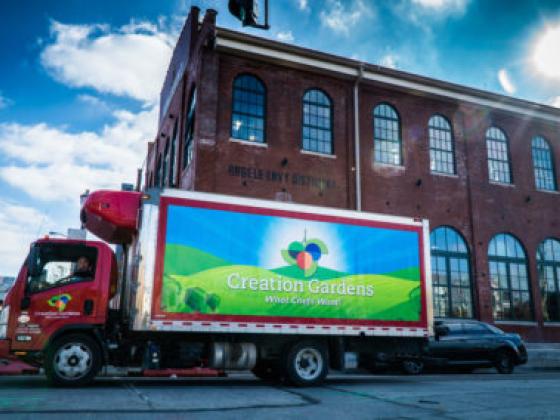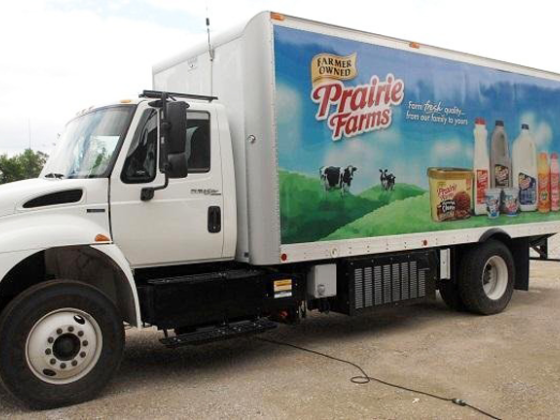Delivery of the product to the buyers loading dock or to specified store locations is normally expected. In the case of meats and processed products, some wholesalers and food distributors will arrange to pick-up the product in their refrigerated truck at the processing facility. Fresh produce is normally expected to be delivered three to four times per week in order to keep supplies fresh. Whether a restaurant is located in the mountains near Lake Tahoe, in a downtown metropolitan area, or in a small rural town, getting your product to the restaurant regularly and on time is the critical customer service for farm-to-restaurant marketing. Restaurant kitchens are busy places, and chefs depend on regular deliveries from their purveyors. What combination of breakfast, lunch, or dinner the restaurant is serving often determines the best times for delivery.
Delivery & Logistics
Important notes about Delivery & Logistics
Helpful Delivery & Logistics Tools
- This template allows producers to assess and compare the costs of alternative transportation/distribution methods and determine their farm-level returns. Try entering your fuel cost, delivery route, and other information (in green cells) to see the per-unit cost for transporting produce over a stated distance. Download the delivery cost calculator below.
- This resource is another great one for distribution in the farm-to-school market channel. Check it out below:
- This directory is a database of produce sellers, growers, shippers, brokers, suppliers, etc. compiled by the Produce Marketing Guide.
- The Market Maker platform connects growers, buyers, processors, and more. Their website can be found here. Growers can set up their own profile pages to make connections with buyers, processors, etc. Join their network today!
MarketReady's Best Practices for success
- Understand the cost associated with time and fuel. These are real costs and are often times overlooked. Be sure to include these costs in your price point.
- Understand the overall delivery capabilities, whether it's your capability or a third-party's capability. Be sure to set clear expectations here.
- Talk with your buyers about what timeframes work best for them to receive deliveries and what time works best for you to make deliveries so each of you understand the delivery timeline.
- Be flexible with your delivery willingness, this can really go a long way for you and your buyer(s).
- If you are transporting deliveries yourself, use it as an advertising opportunity if you can (see examples below). There is a cost-share program for advertising in this manner: see the KDA's POP Grant.


